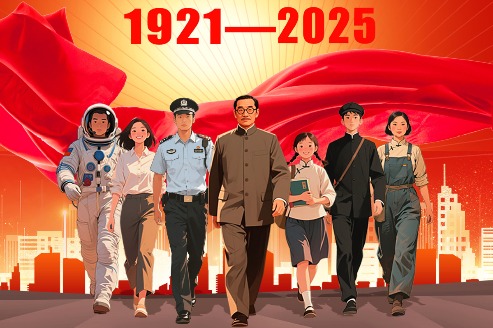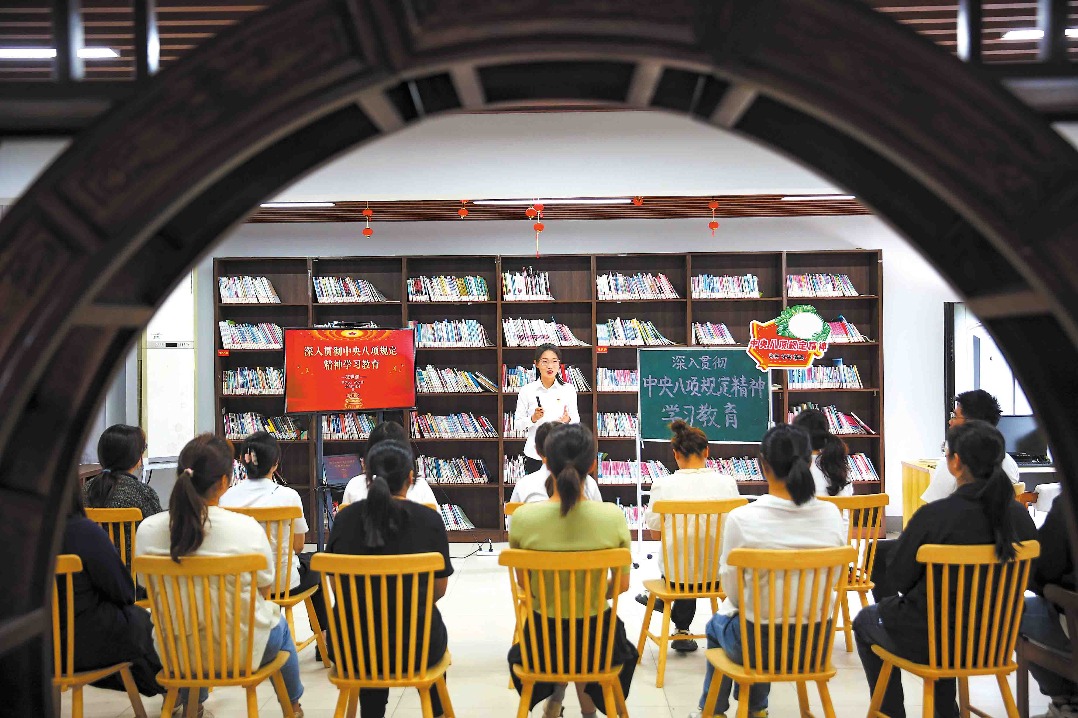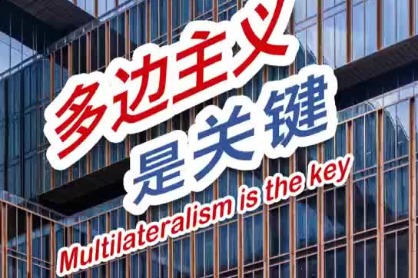Prescription for change


Private medical treatment in demand as gap between services and availability widens
A decade of economic growth has created an ever-expanding middle class in China. With a better education background and bigger disposable income, they have become a major force as consumers in pursuit of a better way of life.
Yet the explosion of this vigorous and demanding class, combined with the problem of having the world's fastest-growing aged population, has also led to higher expectations regarding healthcare.
Before the 1990s, China's public medical institutions used to be the first, if not the only choice for most consumers, but through personal contact with foreign healthcare facilities when traveling abroad, and the changing concept of health management, today's emerging middle class has new requirements for medical services.
They want to be more involved in the decisions made regarding their care and prefer a personal, private physician rather than a doctor they are unlikely to see a second time from a roster of rotating faces. They also expect clean, well-maintained facilities, efficient systems and courteous medical staff.
The desire for more respect, privacy and dignity in care services is prompting changes in the healthcare business model, one that moves away more from a passively accepted public management system to that of private institutions offering more diversified medical services.
Over the past six years, spending on healthcare in China has grown by 19 percent. Between 2006 and 2009, total annual healthcare spending more than doubled to $251.8 billion (185.6 billion euros). It is estimated it will exceed $705 billion by 2015.
However, China's current healthcare system is mainly composed of large public non-profit hospitals and only a few private institutions. These big hospitals are generally less sophisticated in their management systems and have a weak organizational structure, simple financial management and limited planning and organizational control, according to a report by PricewaterhouseCoopers (PwC).
The report says most hospitals are not yet true corporate bodies with self-controlling and self-stimulating mechanisms. They are not operated under the normal business principles found in international hospitals, so their ability to respond to market and social demands is limited.
The healthcare system structure in China is such that the hospitals are not sufficiently aware of the need to strive for a competitive and quality service, the report adds. Many medical institutions have lower staff levels and are less efficient than those found internationally.
For years China's public health sector has experienced severe growing pains. Many feel public hospitals are overrun with patients, some of whom have to wait for days just to see a doctor, far less to get a full consultation.
Many complain that seeing a doctor in a Chinese hospital is like working on the assembly line - you talk with doctors for three to five minutes, receive the test results, get the prescription and then pay for medicine and other costs.
In 2010, the ChinaCare Group, one of China's leading international healthcare consultancy firms, published a survey of more than 1,000 people classified as middle class from three big cities .
It found that more than a quarter of the patients were dissatisfied with the public health system. Reasons most commonly cited were long waiting periods, poor physical conditions and the attitude of staff members.
Such a system obviously can't meet the healthcare expectations of the burgeoning middle class, who want a full and proper consultation with a doctor.
Many even hope to be able to build up a relationship with a regular family doctor who can give them treatment and advice based on family members' medical history. Family doctors are common in many countries, but rare in China.
However, the Chinese government is aware of the diagnosis. In response to increasing pressure on the public healthcare system and desire by the emerging middle class for private care, curbs on foreign investment in medical institutions have been lifted.
Foreign investment was limited to 70 percent until November 2010, when the government announced that these restrictions would be gradually lifted.
From January last year, full foreign ownership was allowed, and investment was "encouraged" in China's 2011 Foreign Investment Industrial Guidance Catalogue.
Furthermore, China's 12th Five-Year Plan (2011-15) dictates a clear, supplementary role for the private sector, with the aim of raising standards of care and addressing the growing healthcare needs of middle and upper-middle class Chinese.
Today's Chinese consumers are neither complacent nor compliant, and live in an environment where rapid change is the norm. China's growing urban middle class has become sophisticated and demanding, with requirements such as customer-friendly healthcare and environment, and options to receive patient-centered healthcare.
Note too that Chinese consumers' disposable income stretches further than in developed countries. Affluent Chinese are mostly concentrated in large cities, such as Beijing, Shanghai and Guangzhou, and these are considered the prime markets. But the real spending power lies within the young and massive urban middle class.
As a result, China's healthcare system needs to accelerate its reforms to meet the needs of the growing urban population. Currently, a large gap exists between the demand for these services and their availability.
United Family Healthcare, the first private hospital in China opened in 1997, tries to meet the changing requirements of consumers by adopting an appointment system with a one-on-one service to protect the privacy of patients.
Private hospitals like UFH that previously aimed to serve foreign residents and visitors, are now finding that the more affluent among the Chinese middle class prefer to pay more for their healthcare.
However, these private hospitals, most of which are foreign-owned and joint ventures, are run on a small scale. The average joint-venture hospitals have less than 50 beds, and according to the PwC report, there is not enough capacity to meet the healthcare needs of the growing middle class.
Though the costs of private hospitals are higher than in the public healthcare system, and government health programs and Chinese insurance policies rarely reimburse them, we see that more Chinese consumers are willing to cough up for treatment, because for patients, it means shorter waiting times, ostensibly better doctors, modern technology and international standards.
The author is vice-president of United Family Healthcare. The views do not necessarily reflect those of China Daily.
(China Daily 02/08/2013 page8)
Today's Top News
- China's system contributes beyond nation
- Xi's article on unity, hard work to be published
- Xi urges full, rigorous CPC self-governance
- Grassroots Party units continue to play key role
- Global investors double down on Chinese assets
- FM's visit to Europe seen as boosting ties






























